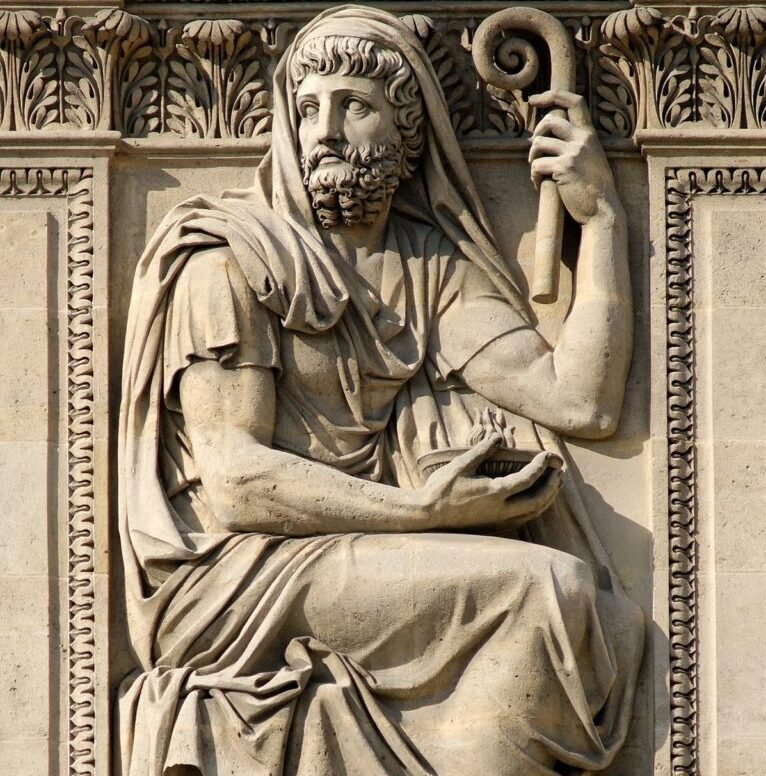Contents
ToggleIn short
The Agonalia or Agonia was an archaic religious festival celebrated in ancient Rome several times a year, in honor of various deities. Its institution, like that of other religious rites and ceremonies, has been attributed to Numa Pompilius, the second semi-legendary king of Rome. Ancient calendars indicate that it was celebrated regularly on January 9, May 21, March 17 (Liberalia) and December 11.
Agonalia, the celebrations of the beginnings of Rome
An Agonium occurs on January 9 in the Fasti Praenestini, although in a mutilated form. Festus explains the word agonia as an archaic Latin term for hostia, a sacrificial victim. Augustine of Hippo thought that the Romans had a god named Agonius, who then may have been the god of the Colline part of the city.
The Agonia to Mars occurs during a period of festivals in March (Latin Martius), the month of Mars. These were the chariot races of the Equirria on February 27, a feria on the Kalends of March (also a sacred day for his mother Juno), a second Equirria on March 14, his Agonalia on March 17, and the Tubilustrium on March 23.
This third occurrence of the Agonia or Agonalia shares the date of December 11 with the Septimontium or Septimontiale sacrum, which is taken into account only in very late Roman calendars and which depends on textual conjecture. The relationship between the two observances, if any, is unknown. A fragmentary inscription found at Ostia that reads "Agonind" attests that this feast was dedicated to the Sol Indiges. It was in fact the second feast celebrating this deity, after that of August 10.
Social networks
On this day, the Romans celebrate Agonium. Rites of early Rome, there are few sources describing the customs. Four Agonalia take place during a year. #mythology #myth #legend #calendar #9January #21May #17March #11December #agonalia #rome
Picture
